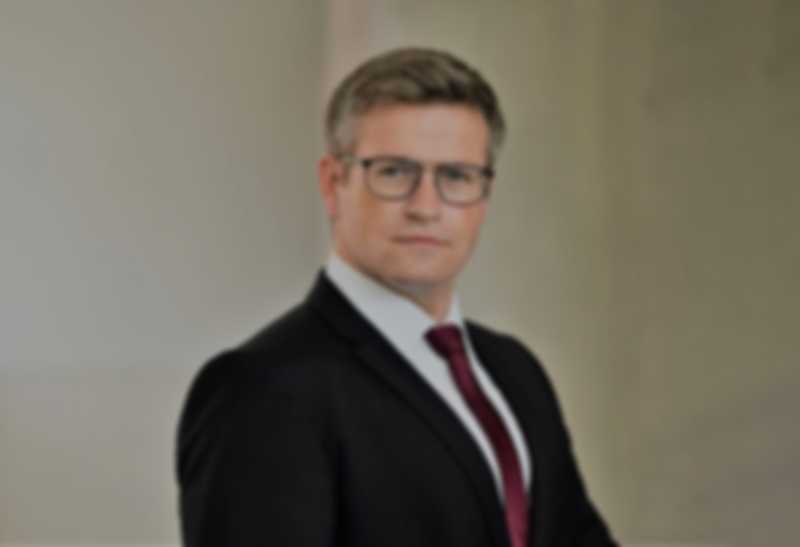SEMRON SECURES SEED FINANCING
Dresden-based SEMRON GmbH, which is developing a new type of 3D AI chip technology, has secured funding of 7.3 million euros from a group of well-known venture capital companies. SPRIND also contributed to this, as reported by CEO Aron Kirschen in an interview.
SEMRON WAS ONE OF THE TEAMS THAT TOOK PART IN SPRIND CHALLENGE NEW COMPUTING CONCEPTS IN 2023. WHAT DID YOU LEARN?
First of all, the application for the challenge was fun and showed a character that we often miss here in Germany. A suitable mixture of competition and cooperation with exciting other teams.
We then used the challenge to focus on a central challenge in chip development: the development of a compiler prototype. The compiler is later responsible for translating the user's requirements for our hardware.
For us, the additional complexity also arises from the fact that we have a 3D-scaled chip architecture in order to execute huge models in a very small space. This means that the resources for calculating the entire workload are not just distributed on one level, but criss-cross across many levels.
As part of the challenge, we had the pleasant feeling that such challenging issues were viewed positively and that the work on them was supported with enthusiasm.
We already sensed this in the first interview during the application process. Support is offered, but not forced upon us, clear language instead of empty words - and there is also an underlying network that provides an expert for all the different topics that are dealt with in all the challenges, who can have a say at eye level.

EVEN AFTER THE SPRIND CHALLENGE, WE STAYED IN CONTACT. HOW DID SPRIND SUPPORT YOU IN THE RUN-UP TO THE NOW SUCCESSFULLY COMPLETED FINANCING ROUND?
There were a number of formats that were designed directly for financing rounds. We were particularly pleased that a few very good names of venture capitalists from the USA suddenly appeared in the program.
For us, the support for the financing round could not have been more concrete: We met one of our current investors at the SPRIND Venture Days in Leipzig last June. Just one week later, he visited us in Dresden and from then on it was all about how, not whether.
I then repeatedly spoke to the various contacts at SPRIND, including Rafael Laguna. It is precisely this format of open discussion that is so helpful for the decision-making process. It was never about details, but always about the question: How can SEMRON keep the greatest potential open?
Another plus point: even in the downturns that always occur in the fundraising process, we also took the time to think 'outside the box'. It may sound strange at first, but it is an extremely valuable support in fundraising to have partners who encourage you to discuss topics other than funding itself.
I definitely want to continue this exchange!
WHAT ARE THE NEXT STEPS FOR SEMRON THAT WILL BE TACKLED WITH THE HELP OF THE FUNDING?
We now have to prove that our technology can also become a product. The difference is often overlooked. This includes building a kind of demonstrator chip that can run standardized AI models and has features that are not technically feasible with alternative approaches. We don't just want to be better than other solutions, we want to be the only possible solution to a huge problem. And that is the question of how, in the future, large AI models can run continuously on tiny chips that fit into a smartphone or VR headset with just a few hundred milliwatts of power.
The second challenge then concerns the question of how to mass-produce these chips so that they meet the requirements of our consumer electronics customers, including some of the world's largest companies. Price, reliability, interfaces - the semiconductor industry is certainly one of the most complex in the world. We need suitable partners for this.
But we like to drill the thickest holes. Because it's fun and because we can be sure that no one has gone down this path before us.



